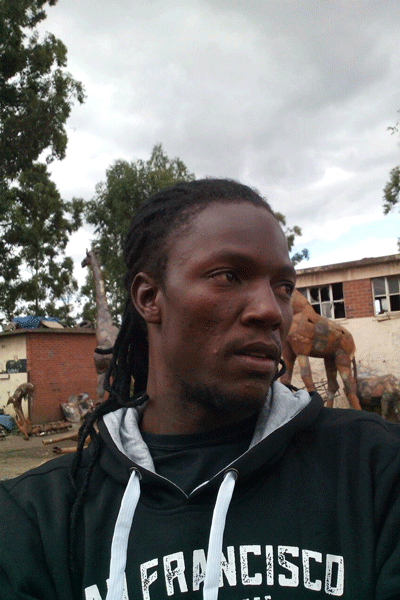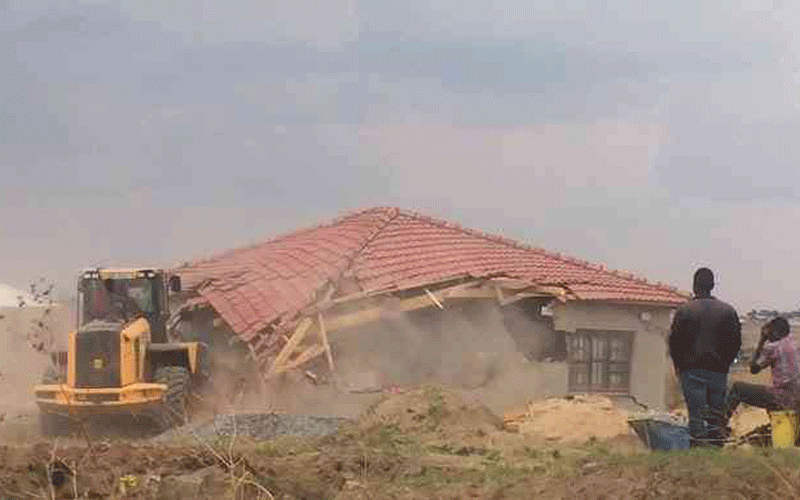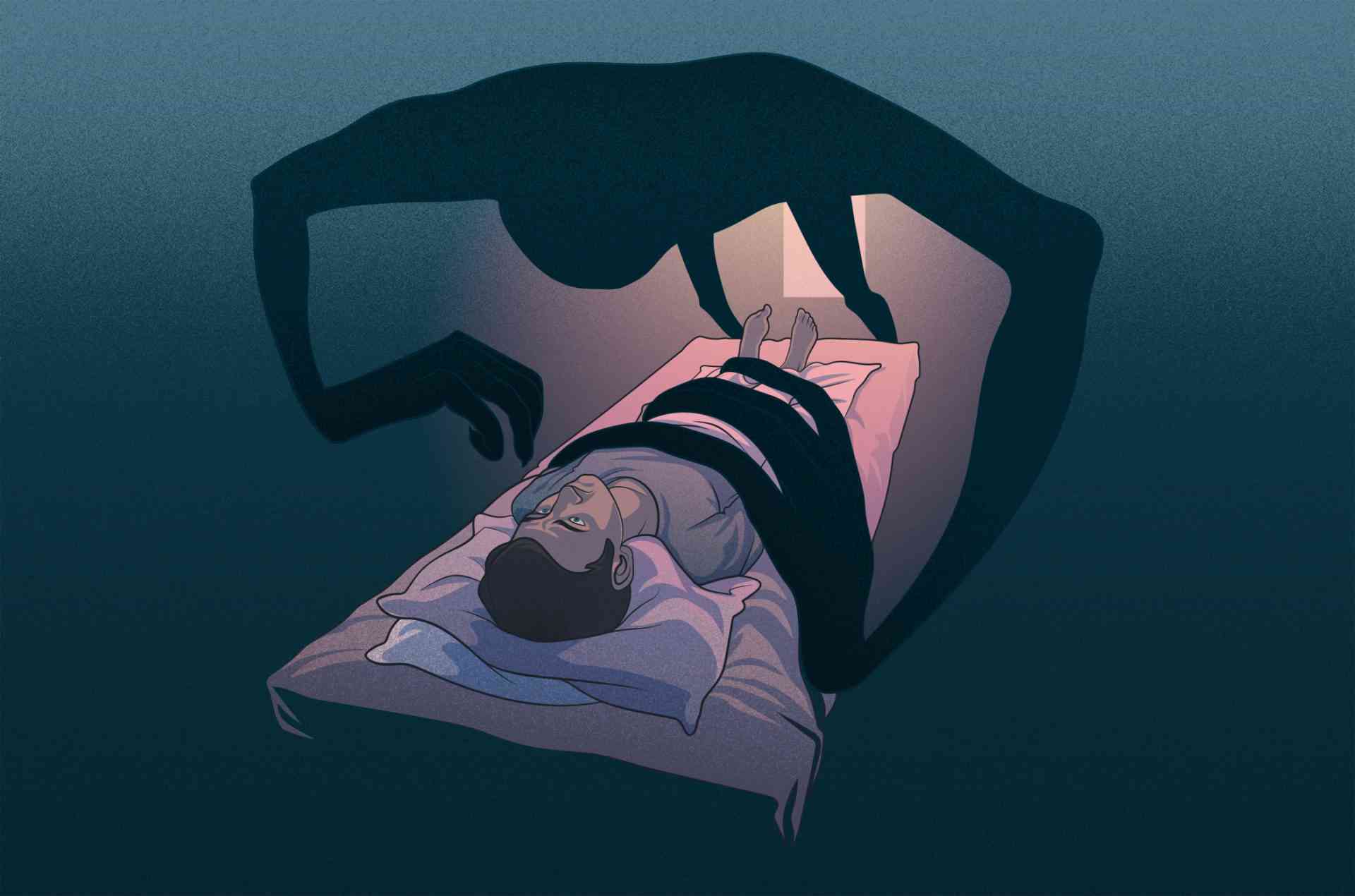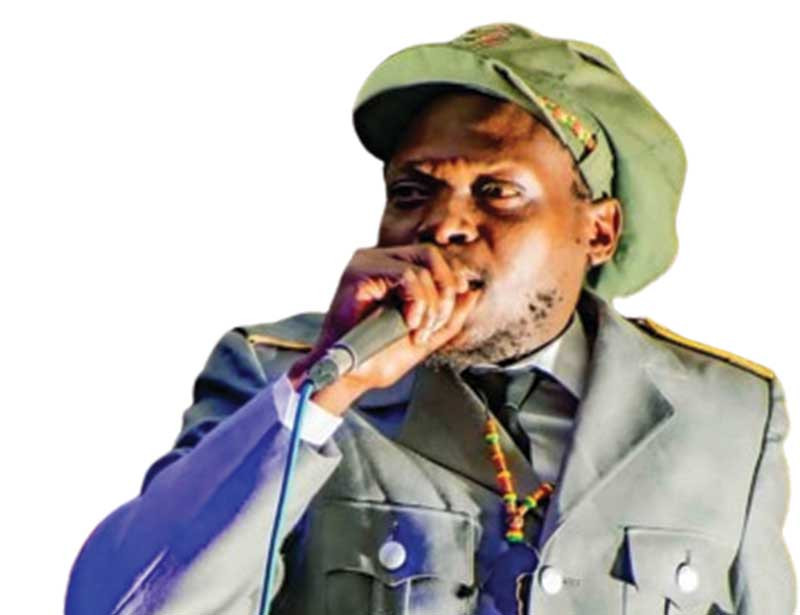
Many people are familiar with the term “starving artist.” This stereotype of impoverished artists struggling to get by has been true throughout much of history.
BY TAWANDA TADERERA
Fine art painters and metal sculptors in particular, lead this poverty-stricken crop of artists.
Artists, writers and musicians can all fall into this group, which is robbed of the credit they deserve for their genius.
Mbare-born Raymond Chataira, a metal sculptor, has never enjoyed the glitz and glamour of showbiz life, despite his great works of art.
Speaking to The Standard Style on Wednesday, Chataira spoke about how “middlemen” in the arts sector were reaping where they did not sow.
“We are facing a big challenge whereby ‘clients’ buy works of art from us in bulk and they re-sell these products at high prices and claiming they are the artists,” he said.
- Chamisa under fire over US$120K donation
- Mavhunga puts DeMbare into Chibuku quarterfinals
- Pension funds bet on Cabora Bassa oilfields
- Councils defy govt fire tender directive
Keep Reading
Chataira is the brains behind the metal sculptures now found at most Trek service stations.
“Trek company has become one of my biggest clients who buy metal sculptures for their service stations,” he said. He said the fuel company was working as his “advertising agent”, displaying his work.
“Another challenge is lack of land to work from. You know Mbare [where he works from] is always associated with societal ills, so it is difficult for clients to trust you and seal a business deal with you,” he said.
Chataira started art at a tender age when he was in primary school. He would use clay to mould fighting bulls until a time he fell in love with metal sculpture.
He said he was inspired by Adam Madebe — who has a number of sculptures which include a monumental set of three workers displayed at Construction House in Harare which was erected in 1992.
In 2004, Chataira tried painting as a pastime after completing school and a year later, he went to Chinembiri Arts Centre in Mbare to do a welding course.
“I started by doing small birds from scrap metal up until 2007 when I started crafting big animals. My first big animal was an elephant, which was exported to South Africa,” he said.
He said his second piece was bought by former Reserve Bank of Zimbabwe governor Gideon Gono, adding that Ignatius Chombo’s wife was also his regular client.
Even though many prominent people, including Cabinet ministers, have bought Chataira’s sculptures, none has shown willingness to assist him.
“There are certain people who come to you and promise that they will help you and after that, you will never hear from them again,” he said.
Artists have a passion for something that can make a difference in people’s lives and some of them do their work with passion.
“When we craft our work, we make it out of feelings. When I feel like I want to work on an eland, I work on that. Even when there are orders from clients, I have to put them aside,” he said.
However, he said many artists like him were failing to get opportunities to showcase their work at exhibitions of a higher magnitude. He said their work place — Mbare — was not doing them any good because very few people visited the place.
“Plastic is not the only material that can be recycled, even metal can be recycled. For example, scrap metal from cars can be turned into magnificient pieces of art,” he said.
“I haven’t achieved what I want in life because of the economic hardships in Zimbabwe. I might produce a fine sculpture, but the price which people want to pay for it is too little.
“Art takes a long way in achieving your goal. At first when I was directed to make a lion I said I was not able to make it, but as time went on I was able to make anything.”
Chataira makes all types of animals ranging from elephants, antelopes, giraffes, rhinos, wild dogs and cheetahs, among others.












